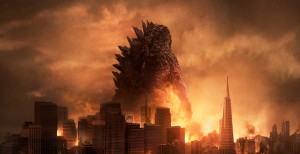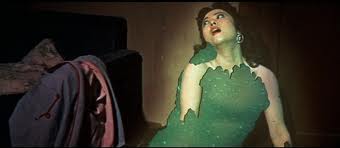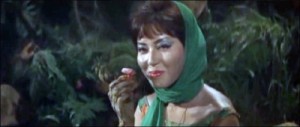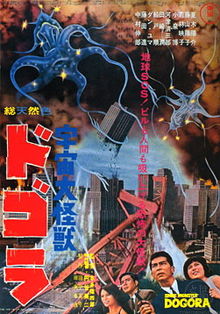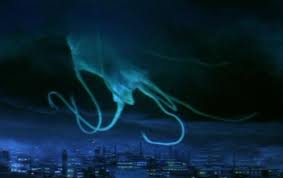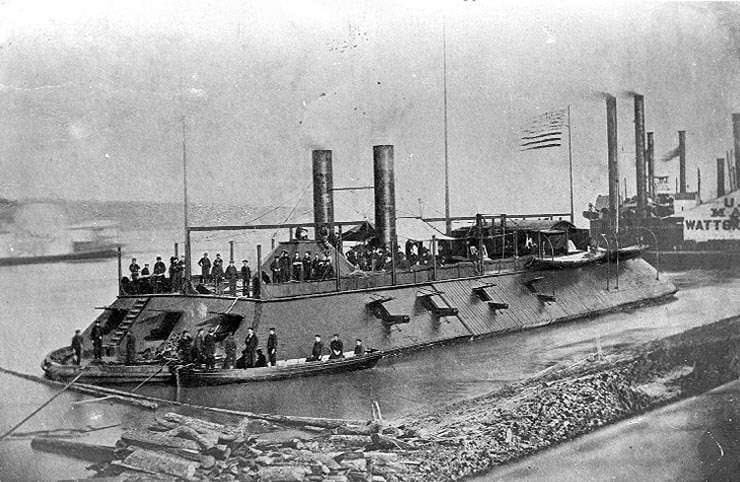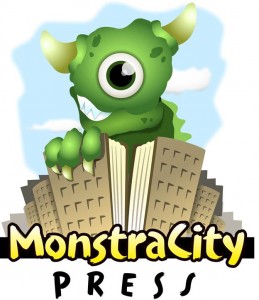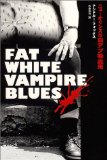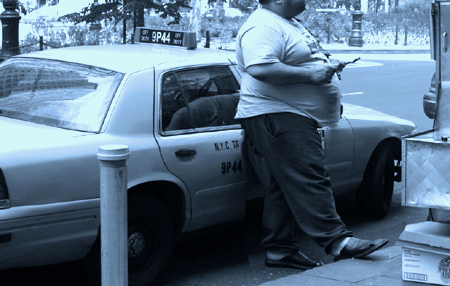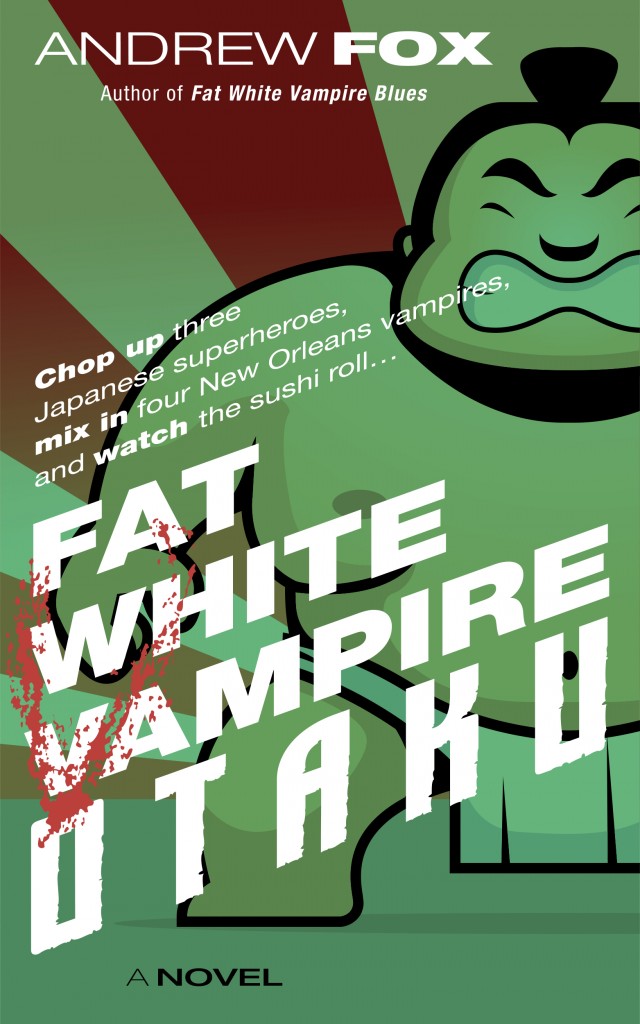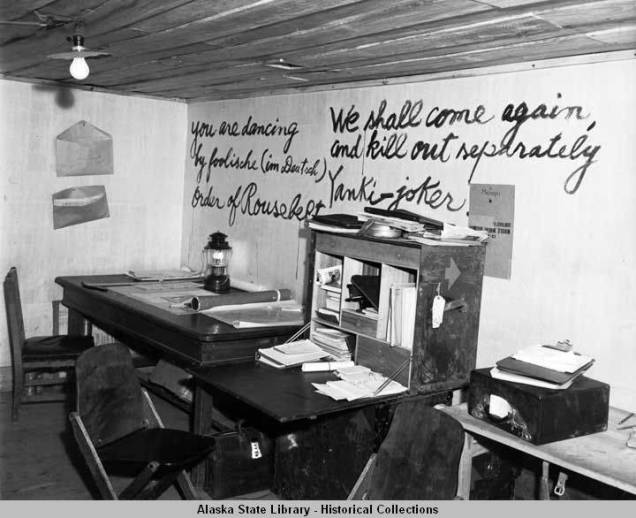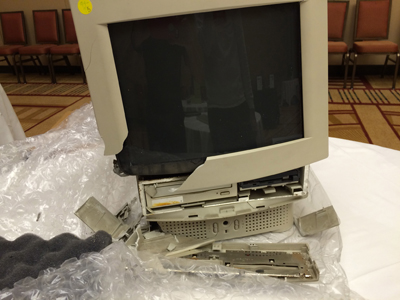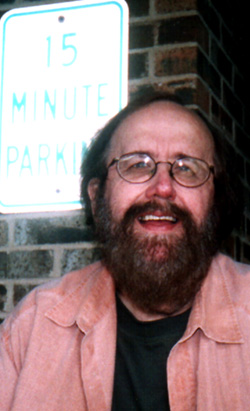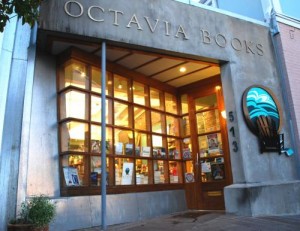
Octavia Books in New Orleans
Whereas many blogs on the publishing field mourn the coming death of the physical bookstore, the membership of the American Booksellers Association (the trade group for independent bookstores) has been gradually growing each year since 2010. And the website Flavorwire.com has published two lists of outstanding independent bookstores, one listing 45 stores, the other listing 25 stores. These articles are a real treat for lovers of independent bookstores.
Some of these stores are fairly new, founded since the most recent economic downturn. But many of them are long-standing central gathering places for their neighborhoods, their storied existences stretching back over decades.
I’ve gone through the list of 70 independent bookstores and note below the 15 stores I have a personal familiarity with.
Politics & Prose, Washington, DC
This is my current “hometown” bookstore, being only six miles away from my workplace in downtown Washington, DC. I’ll admit to not yet having made the 45 minute subway trip there, but this store has a reputation as one of the most outstanding booksellers in America, so I will get there eventually. Presidents, ex-presidents, and presidents’ wives have given readings here (and maybe I will too, someday).
BookPeople, Austin, TX
I visited this store several times when I lived in New Orleans and used to make fairly regular trips to Austin for ArmadilloCon. Wonderful ambiance, and very friendly to readers of science fiction and fantasy (they have a huge selection of such books).
City Lights Bookstore, San Francisco, CA
This is one of the most famous bookstores in America, founded by one of the original Beats, Lawrence Ferlinghetti. When I visited San Francisco on business a couple of years back, it was at City Lights that I discovered I needed reading glasses – I spent so long browsing there that I had a splitting headache later that night, and my eyes felt like they were about to fall out of my head. When I got home, I immediately bought a pair of reading glasses, and that fixed the problem. City Lights is also a publisher of poetry, non-fiction, and Beat-related fiction.
Atomic Books, Baltimore, MD
This is a store which I’ve always wanted to visit but haven’t gotten to yet. But I am very familiar with their terrific website, from which I’ve ordered lots of fun and eclectic stuff. Their specialties are graphic novels, pop culture, and alternative/weird lifestyles and fandoms; right up my alley! Baltimore isn’t that far from my home, so I will get there, eventually.
Books & Books, Miami, FL
This is actually an indie-mini-chain of bookstores and coffee spots/booksellers in the Greater Miami area, with the largest and oldest store located in downtown Coral Gables. I did a signing there in 2005, when I was staying in Miami Beach with my family following the devastation of Hurricane Katrina in New Orleans (my home city was off-limits for nearly two months). The owner, Mitchell Kaplan, who founded the flagship Coral Gables store in 1982, was a big supporter of Hurricane Katrina relief, running at least one benefit reading during the crisis; for that, I will be forever grateful. Books & Books’ various locations sponsor approximately 60 author readings each month.
Square Books, Oxford, MS
This is one of my favorite stores in the whole world, in one of my favorite small towns (home to William Faulkner, whose house is now a fascinating museum). Two levels of literary goodness; and if you desire literature or non-fiction at a bargain price, Off-Square Books is right around the corner, specializing in quality close-outs. I signed stock there several times in the mid-2000s.
Maple Street Books, New Orleans, LA
For many years, one of my favorite “home town” bookstores. Maple Street Books is the grand-daddy of the Uptown New Orleans independent booksellers, having been founded in 1962 (here’s a terrific article on the store’s history, written by local mystery author Kris Wiltz, who is pretty terrific herself). Many, many were the times I stopped in to browse or to sign stock of the Fat White Vampire books.
Housing Works Bookstore Café, New York, NY
This is a very fun used books store and café in the Tribeca neighborhood of Manhattan, where all the books are donated, and all funds raised above operating expenses are donated to various housing-related charities.
D. J. Wills Books, La Jolla, CA
Founded in 1979, this very well-stocked store is also the home of the La Jolla Cultural Society.
The Elliott Bay Book Company, Seattle, WA
Wow, do I wish the Elliott Bay Book Company was a little closer! I’ve only gotten to visit there twice, once on my honeymoon with Dara in 2003, and the other time on a recent work-related trip. One of the largest bookstores in Seattle, which is one of America’s great cities of readers, and located in historic Pioneer Square, not too far from Underground Seattle (where the TV movie The Night Strangler was filmed). Back in 2003, I bought an issue of Locus Magazine which had one of the first reviews of Fat White Vampire Blues, a review so wonderful it brought tears to my eyes. For that reason alone, I’ll never forget the Elliott Bay Book Company.
Strand Bookstore, New York, NY
Eighteen miles of books! New, used, and close-outs! Three stories big! In the heart of Manhattan! Back when I lived in Long Island, I used to take the Long Island Railroad into Manhattan nearly every weekend, and more weekends than not, the Strand was on my agenda. It is a not-to-be-missed destination for any book lover who visits NYC.
Octavia Books, New Orleans, LA
I simply cannot over-praise Octavia Books and its owners Tom and Judith Lowenberg. Tom and Judith hosted the “opening night” readings and signings for both Fat White Vampire Blues and Bride of the Fat White Vampires. They also hosted three annual George Alec Effinger Memorial Readings, each timed to coincide with the release of a new retrospective hardback edition of George’s fabulous short fiction from Golden Gryphon Press (now, sadly, defunct). Octavia Books is far from defunct, however. Tom and Judith were two of the very first merchants to re-open in New Orleans following the re-opening of the city to its inhabitants, and they provided a vital community gathering center and source of “normality” during those stress-filled first several months after the storm. Since then, they have gone from strength to strength, hosting several author events each week (with free refreshments).
Book Revue, Huntington, New York
During the three years I lived on Long Island, this was my home-away-from-home. Along with Canio’s Books in Sag Harbor, this is the center of Long Island’s literary culture.
St. Mark’s Bookshop, New York, NY
A fixture of the East Village bohemian scene ever since its founding in 1977, this was also one of my “not-to-be-missed” stops on my long walks from Chelsea to Alphabet City. Open seven days a week until midnight!
Kramerbooks and Afterwords Café, Washington, DC
A fun place to both browse and eat, Kramerbooks and Afterwords Café features late hours, a big menu, and plenty of books to eyeball. I plan to have my fiftieth birthday lunch there.
The Flavorwire.com lists missed some terrific independent bookstores with which I’m personally familiar. I list 9 additional stores below.
The Booksellers at Laurelwood, Memphis, TN (formerly known as Davis-Kidd Books)
This huge store in Memphis was a centerpiece of my 2004 tour for Bride of the Fat White Vampire. They treated me with exquisite courtesy and are just as welcoming to their customers.
University Books, Seattle, WA
Another of Seattle’s tremendous independent bookstores, this one is close to the University of Washington and features a huge, and very well-curated, science fiction and fantasy section. A highlight of Dara’s and my honeymoon in Seattle, along with the Elliott Bay Book Company.
Seattle Mystery Bookshop, Seattle, WA
For mystery lovers who are visiting Seattle or who live there, this gem of a store, hidden on a side street in the historic Pioneer Square neighborhood, nestled between several cafés, is not to be missed. A huge selection of new and close-out mysteries from all the major (and minor) names in the field.
Left Bank Books, Seattle, WA
You revolutionaries and anarchists out there will not want to miss this tiny store nestled within the Pike Place Market, not far from the fresh fish vendors.
Arundel Bookstore, Seattle, WA
A very well-stocked store located just blocks from both the historic Pike Place Market and the Pioneer Square neighborhood; very close to the bay and all its attractions.
Borderlands Books, San Francisco, CA
I am very fortunate that I can call the owner of this wonderful science fiction, fantasy, and horror bookstore, Alan Beatts, my friend. He invited me to do a signing of The Good Humor Man and the Fat White Vampire books at Borderlands on my one and only trip to San Francisco (also home of one of my publishers, Tachyon Publications). I could’ve spent three times the couple of hours I’d allotted for browsing. Borderlands also features a terrific coffeehouse and bakery on the premises.
Mysterious Galaxy Books, San Diego, CA
This carefully curated science fiction, fantasy, mystery, and horror bookstore is a San Diego mainstay. They’ve always been big supporters of my Fat White Vampire books. The staff there are extraordinarily knowledgeable about their stock; it’s worth your time to just go spend an hour chatting with them.
Garden District Book Shop, New Orleans, LA
Owner Britton Trice knows his books. He located his store in the historic Rink property in the Garden District of New Orleans, along fabled Magazine Street, upstairs of a popular coffeehouse. Garden District Books specializes in signed books by local authors, so if you want your signed Anne Rice tome, this is the place to get it!
Finally, here’s a story from the 9/23/13 issue of New Orleans Gambit on the state of New Orleans’ indie bookstores, which, considering the small size of the New Orleans market and the large number of independent booksellers, is far more positive than the doomsayers would have you believe. The Uptown Borders Books died a year after it opened (in the shell of the old Bultman Funeral Home, ironically enough), but this cluster of Uptown independent bookstores has been going strong for years.
Hail the independent bookstore! Long may you survive and thrive!
Update on 4/24/2014: Jay Ouzts at the Passive Voice blog reminds me that I missed Lemuria Books in Jackson, Mississippi. How could I possibly forget them???? I actually did a signing there on a couple of occassions for the Fat White Vampire books. One of the nicest independent bookstores in the South, in an absolutely beautifully designed location. Plus, downtown Jackson sports some classic diner-style restaurants, which are a short drive away from Lemuria.
Like this:
Like Loading...

